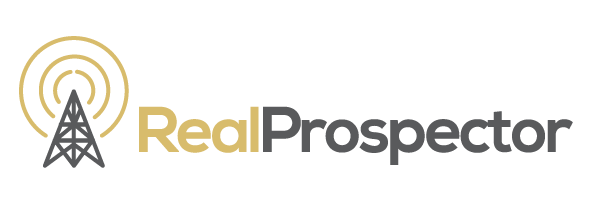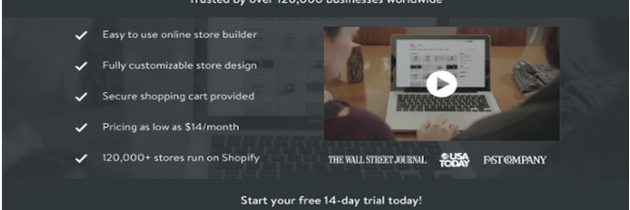Are You Using Landing Pages Correctly?
A landing page is a web page that allows you to capture a visitor’s information through a lead form – it’s where the visitor “lands” after clicking on a call-to-action (CTA) button. It’s a standalone web page used to focus on a single purpose or offering. You can use a landing page for almost anything — lead generation, sign ups or thank yous. They are an important part of your marketing strategy, and you should be using them regularly.
The best marketing is about delivering the right information, to the right person, at the right time.
Why you need landing pages
When you create multiple landing pages, you can target different audience members or different personas. This is the single most effective way to reach multiple audiences with targeted offers. In fact, companies with 30 or more landing pages generate seven times more leads than those with fewer than 10. (Hubspot)
What you need to know about landing pages:
- Define your goal. It’s important for your landing pages to have clear and streamlined messages. What do you want from this landing page? Do you want people to sign up for something, contact you or download an e-Book? Be sure to only promote one offer because pages with multiple offers get 266% fewer leads than single offer pages (Wordstream)
- Fit your client’s needs. Your page is about your client, not you. Your headline should identify your client’s pain point and the rest of the page should tell them how you can solve their problem.
- Send the traffic to the targeted and optimized (see below) landing page, not your busy homepage (that’s a quick way to lose a client).
Landing Page Optimization: the process of achieving the max number of conversions with the minimum cost
- Does it pass the blink test? Can someone tell in 3-5 seconds what your page is about? Your USP (Unique Selling Position) should be included in the headline. Are you the top real estate agent in the area? Do you specialize in a particular niche? Mention that in the headline.
- Write about the benefits. Don’t focus on features, tell them what they’ll get when they click on your CTA.
- Make your CTA button standout. It should be the most noticeable thing on the page. The copy (words) should be clear — “Signup Here” or “Download Now”. Any visual clues will increase conversions. It doesn’t matter where the CTA button is on the page, just be sure to put enough convincing copy before your CTA button.
- Use emotional images or video. We’ve talked about how important images are in the past. 90% of information transmitted to the brain is visual, and visuals are processed 60,000X faster in the brain than text. Your landing page images need to evoke a strong emotional response. The more invested in your page the visitor is, the higher the chance they will click on your CTA. Try using contextual imagery, it will increase conversions because it helps your visitor visualize what it’s like to use your service, product, etc.
- Use a short lead capture form. Only ask for info you need. No need to require their phone number for a free download. It just aggravates people to complete long forms and they may abandon the effort.
- Use testimonials if you have them. We all want to feel like we are making good decisions. Let your existing clients tell potential clients how great you are. No need for brevity here, longer is better.
- Show off your clients or partners. If you do business with someone significant in your community, display their logo. Visitors think you are worth the risk if they see someone they recognize.
- Trust matters, so include your privacy policy, phone number and any third-party reviews to establish credibility.
- This is not the time for links. The only link that matters on your landing page is your CTA link. Don’t give your visitors a reason to click off before they’ve met your landing page goal. Hide your navigation buttons so visitors have a seamless way to retrieve the information you promoted to bring them to your page.
- Include social media buttons for sharing. Visitors share things that excite them. If you have done your job with compelling copy and relevant/emotional images, they will want to tell their friends about the great thing they just found. Make it easy for them to do so.
- Testing 1 2 3. Landing pages aren’t like chicken rotisseries; you can’t just set them and forget them. They will occasionally need to change and evolve with your market. This is where A/B testing comes in handy. Test variation of each of your landing page elements to find your sweet spot.
Even though landing pages are important, Marketing Sherpa found that 44% of clicks for B2B companies are directed to the business’ homepage, not a special landing page. This is true mainly because most marketing departments either don’t know how to set them up, or they are too overloaded. There are plenty of templates out there if you want to try to create one yourself. Personally, I suggest you hire someone who knows what they are doing to get the best bang for your buck and conversions from your landing pages.
No matter what your goal is with a landing page, you can believe it converts more visitors into leads than your homepage. You don’t have to take my word for it; try it out for yourself. Try it out and see what your analytics tell you – what do you have to lose except clients?
- Are You Using Landing Pages Correctly? - September 10, 2015


